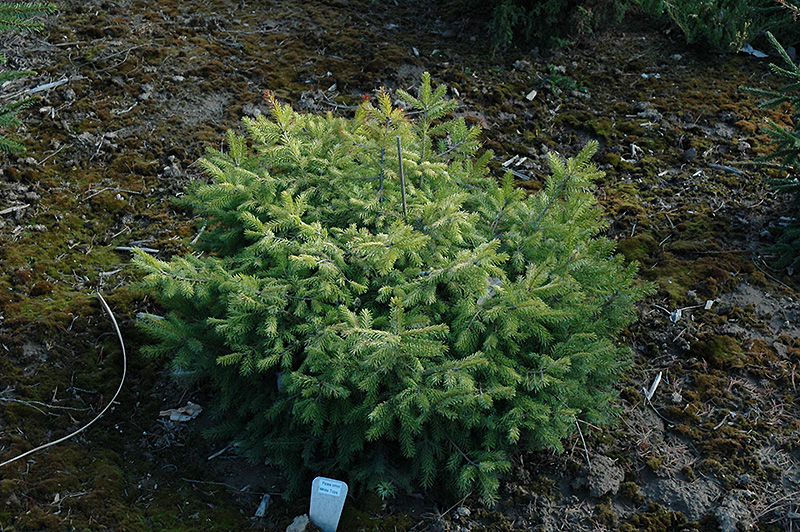Plant Finder
White Tops Serbian Spruce*
Picea omorika 'White Tops'
* This is a "special order" plant - contact store for details
Height: 15 feet
Spread: 12 feet
Sunlight:
![]()
Hardiness Zone: 4a
Description:
Visual contrast sets this variety apart from others of this species; stunning, creamy white tips in a spring flush, over older sea green needles; a beautiful and unusual accent choice
Ornamental Features
White Tops Serbian Spruce is a dwarf conifer which is primarily valued in the landscape for its ornamental upright and spreading habit of growth. It has attractive bluish-green evergreen foliage which emerges creamy white in spring. The needles are highly ornamental and remain bluish-green throughout the winter. The smooth brick red bark adds an interesting dimension to the landscape.
Landscape Attributes
White Tops Serbian Spruce is a dense multi-stemmed evergreen shrub with an upright spreading habit of growth. It lends an extremely fine and delicate texture to the landscape composition which can make it a great accent feature on this basis alone.
This is a relatively low maintenance shrub. When pruning is necessary, it is recommended to only trim back the new growth of the current season, other than to remove any dieback. It has no significant negative characteristics.
White Tops Serbian Spruce is recommended for the following landscape applications;
- Accent
- Mass Planting
- Hedges/Screening
- General Garden Use
Planting & Growing
White Tops Serbian Spruce will grow to be about 15 feet tall at maturity, with a spread of 12 feet. It has a low canopy with a typical clearance of 1 foot from the ground, and is suitable for planting under power lines. It grows at a slow rate, and under ideal conditions can be expected to live for 80 years or more.
This shrub should only be grown in full sunlight. It does best in average to evenly moist conditions, but will not tolerate standing water. It is not particular as to soil type or pH. It is quite intolerant of urban pollution, therefore inner city or urban streetside plantings are best avoided, and will benefit from being planted in a relatively sheltered location. This is a selected variety of a species not originally from North America.
* This is a "special order" plant - contact store for details
